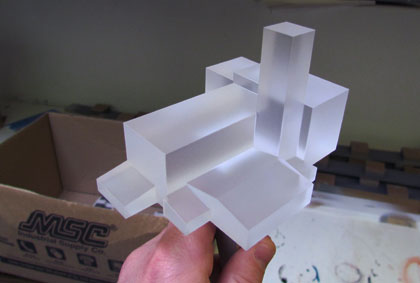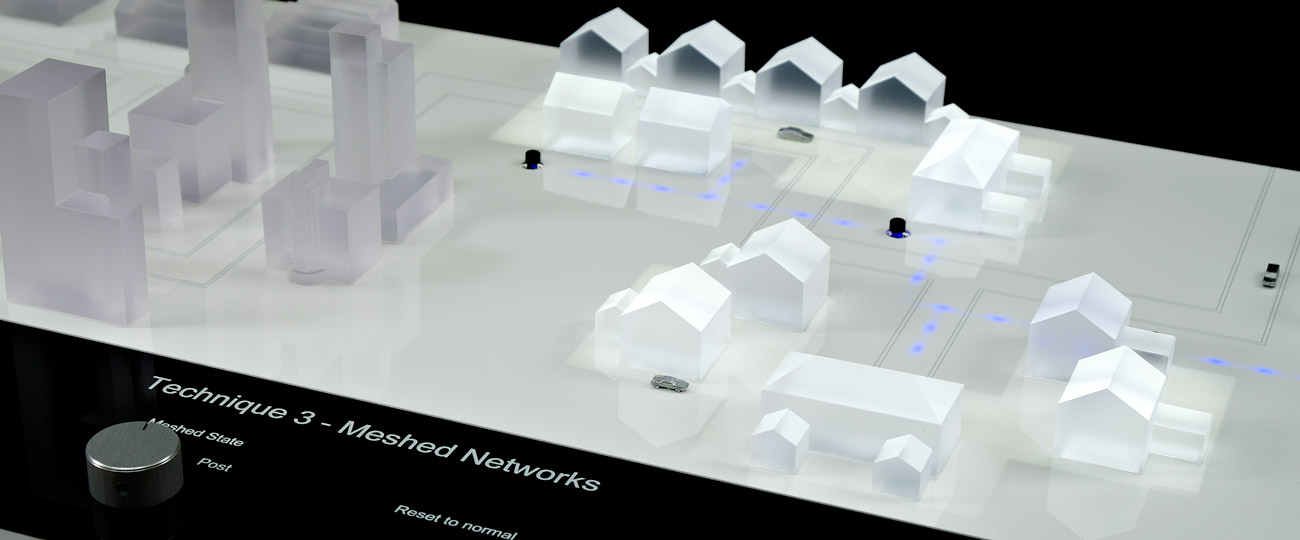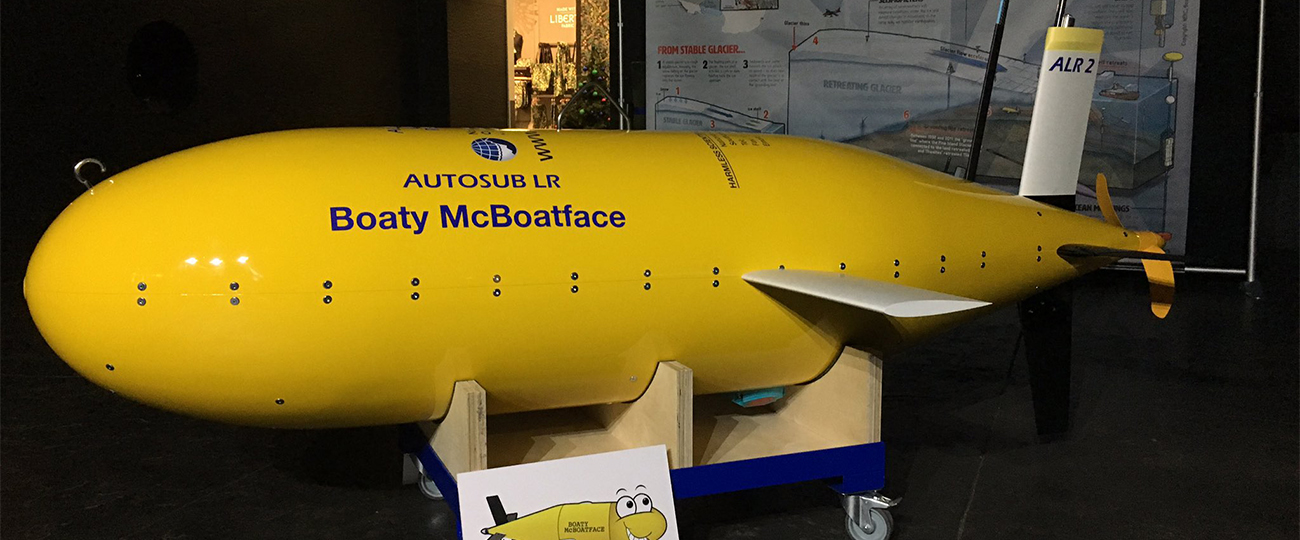Each energy model in this series made for Western Power Distribution is intended to simply demonstrate complex concepts with regard to energy distribution and electricity management. We made a range of models, each illustrating a different aspect of electrical power management in a low-carbon network.
T1; how temperature affects the performance of power in a network.
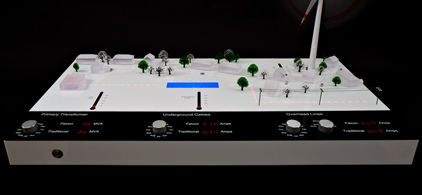
T2; how different sites power different regions of the same urban area over the course of a day for optimum efficiency.

T3; how a power grid can be configured to better handle line failures and powercuts.
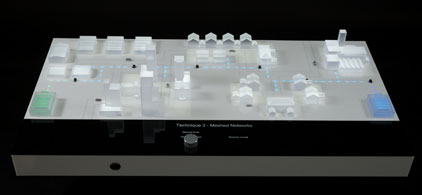
T4; how low carbon technologies (such as solar panels and wind farms) affect a network.
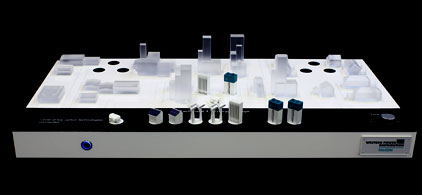
T5; demonstrating how large companies with their own generators can reduce demand on the main network.
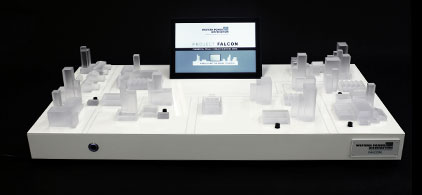
As attitudes to energy change, we have seen more and more projects addressing issues such as sustainability and carbon neutrality. The energy models for these projects range from the elegant, highly graphic demonstrations of principles of these Project Falcon models to high-detail, high-realism energy models of new technologies, such as the MCT SeaGen Tidal Turbine. These models are used in a range of contexts, such as display centerpieces for conventions and exhibitions or demonstrations for the public.
These energy models differ from our other architectural or engineering models in that they are not necessarily displays of form or design, but of principles. Consequently there is an element of design within a project to turn a concept into a physical object that effectively communicates the desired information.
From the Ground Up
We designed the look and interactivity of these energy models completely from scratch. Our brief was a written description of the principles we needed to illustrate, and we had free reign to design an eye-catching, engaging set of models. This process involved basic concept sketches, through to detailed tolerance-driven CAD work and traditional modelmaking fabrication skills.
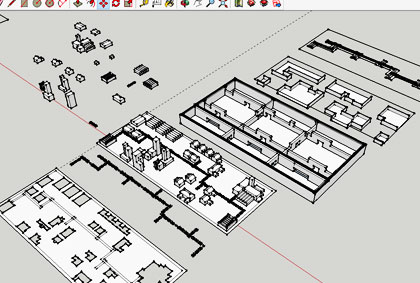
Bases
After a solid round of CAD development, we CNC’d the bases out of single sheets of a lightweight, strong foam material that had the benefits of being easy to machine, very light for ease of transportation and incredibly strong once bonded together. Being able to make bases on our CNC machine this way allows us to engineer fixing points and other details into the base that the rest of the model can locate to.

Block Models
A combination of sleek design, effective, considered electronics and traditional architectural modelmaking skills made this project a joy to work on, and we relished every stage of the process from design, to manufacture and assembly.
